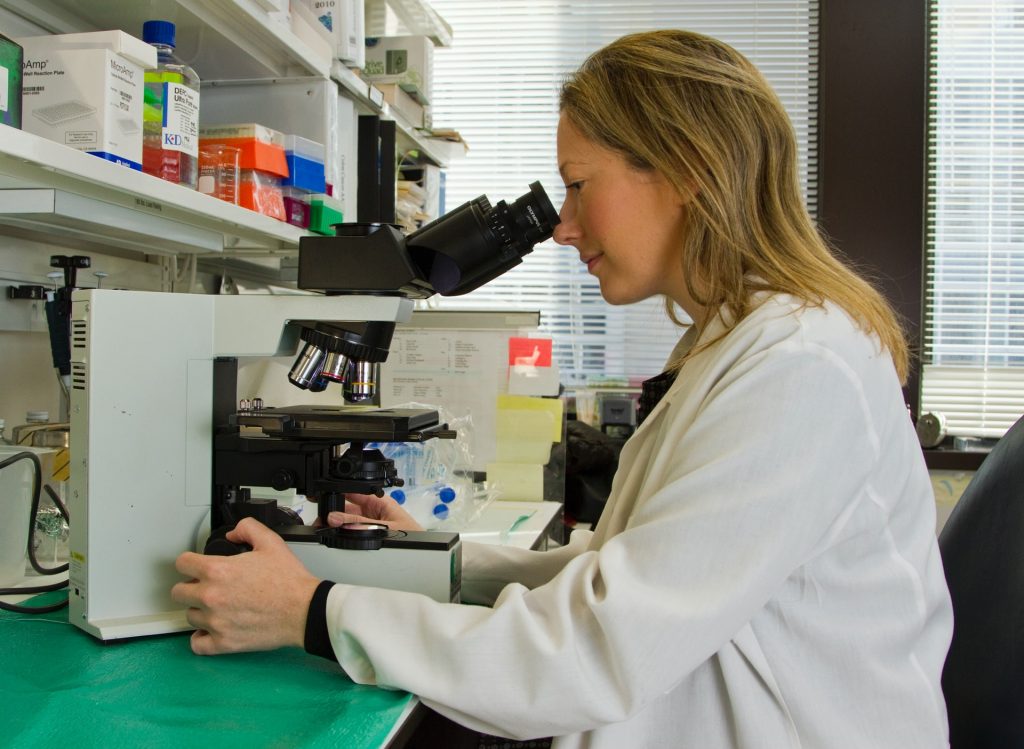A Universal Coronavirus Vaccine could Save Millions of Lives in a Future Pandemic

What if in the years prior to the COVID pandemic, scientists had developed a universal coronavirus vaccine, one that targets parts common to coronaviruses, offering some protection against all strains? Would it have been of help during the pandemic?
A new study suggests if such a vaccine were available at the start of the pandemic, it could have saved millions of lives, prevented suffering, and saved billions of dollars in direct medical and other costs until the strain-specific (ie, SARS-CoV-2) vaccine went through the entire development, testing, and emergency use authorisation process that lasted 10 months.
In this study, published in The Lancet’s eClinicalMedicine, researchers show that having a universal vaccine at the start of the pandemic would have had substantial health and economic benefits under almost all scenarios tested.
In order to determine the value of investing in developing and stockpiling a universal coronavirus vaccine, the team developed a computational model that simulated the entire US population, the introduction and spread of a novel coronavirus like SARS-CoV-2 in 2020 and the resulting health (eg, infections, hospitalisations) and economic (eg, direct medical costs, productivity losses) outcomes.
The experiments simulated what would happen if a universal coronavirus vaccine was available at the start of the COVID pandemic.
Vaccinating with a universal coronavirus vaccine as a standalone intervention (e.g., no face mask use or social distancing) was cost-saving even when its efficacy was as low as 10% and only 10% of the U.S. population received the vaccine.
For example, when a universal coronavirus vaccine has 10% efficacy, vaccinating a quarter of the U.S. population within two months of the start of the pandemic averts an average of 14.6 million infections and saves over $27 billion in direct medical costs.
Such low vaccine coverage at the start of the pandemic could occur if a vaccine were only made available to certain high-risk subpopulations (eg, 65 years and older, the immunocompromised, frontline workers), similar to the approach when mRNA vaccines became available in December 2020.
“COVID-19 was the third major and serious coronavirus epidemic or pandemic following SARS in 2002 and MERS in 2012, thus, we should anticipate a fourth coronavirus outbreak within the next decade or so,” says Peter J. Hotez, MD, PhD, dean of Baylor’s National School of Tropical Medicine and co-director of the Texas Children’s Hospital Center for Vaccine Development.
“A universal vaccine is cost-effective and cost-saving and a priority for advancement.”
A universal coronavirus vaccine was also shown to be highly cost-effective even if a more specific and more efficacious vaccine came to market.
For example, the study shows if it takes four months or longer for a strain-specific vaccine to reach the market, using a universal vaccine was still cost cost-saving.
In a scenario where a strain-specific vaccine has 90% efficacy but is unavailable for two months after the start of the pandemic, the results from the model show that vaccinating only 10% of the population with a universal vaccine that has 10% efficacy at the start of the pandemic can save over $2 billion in societal costs (eg, direct medical costs and productivity losses from absenteeism). Given the time required to develop a strain-specific vaccine during a pandemic to match circulating strains of the virus, this highlights the importance of having a universal vaccine readily available as a stopgap.
“Our study shows the importance of giving as many people as possible in a population at least some degree of immune protection as soon as possible,” explains Bruce Y. Lee, MD, MBA, executive director of PHICOR and professor at CUNY SPH.
“Having a universal vaccine developed, stockpiled, and ready to go in the event of a pandemic could be a game-changer even if a more specific vaccine could be developed three to four months later.”
Generally, results from the model found that a universal vaccine would end up saving money if the cost to get a person vaccinated (eg, cost of the vaccine itself, distribution, administration, storage, research, and development) is as high as $10 390 from a societal perspective.
Source: CUNY Graduate School of Public Health and Health Policy


